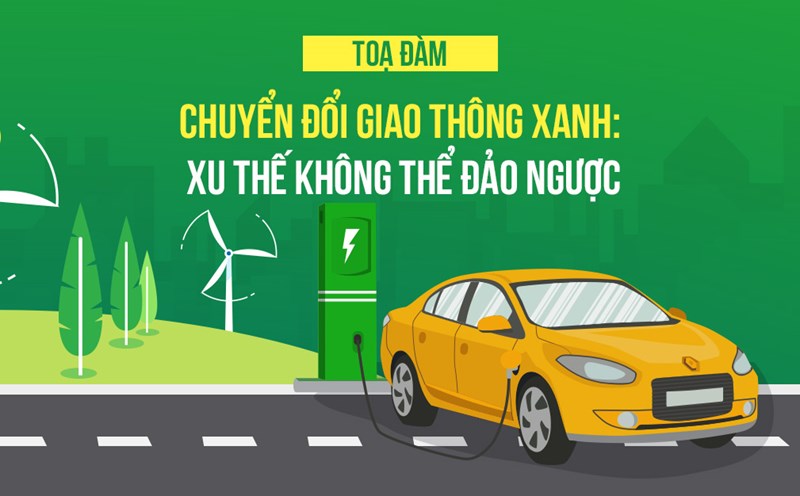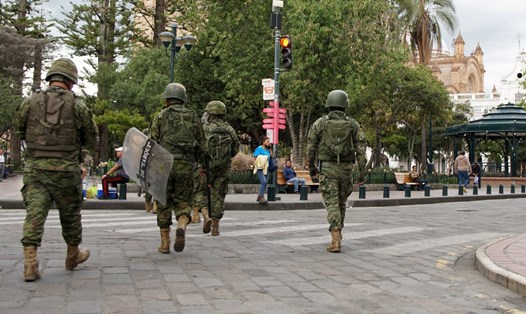About 400,000 people living south of Quito (Ecuador) are struggling to survive water shortages after a landslide in the area last week, causing serious damage to the water pipeline.
This is considered the biggest clean water shortage crisis in Ecuador in the past 25 years.
Since the outbreak of this situation, the city government has mobilized 71 water tankers, 5 fire towers, 5 mobile water pumping systems and 3 fixed water distribution points to temporarily overcome the consequences.
However, the number is still modest as it is constantly facing criticism from the people.
They often complain that local authorities often do not have a specific water supply schedule, and some have had to wait a long time in harsh weather to see tankers appear.
Some others, especially the elderly living alone, often have difficulty traveling and carrying water to use. Ines Castro, 74, expressed hope the problem will be resolved soon. We have to travel one trip at a time, otherwise how can we survive? Castro added.
Many people even have to go to a stream to get water in a central park in the city, despite the water source not meeting hygiene standards and having to walk a long distance.
Residents in southern Quito are also struggling to find means of transportation to water distribution points as well as items to store water.
A builder named Tomas Chiguano said he was forced to keep the water in a black trash bag because there were no containers. "We don't have trash bins. We have to keep water in bags, and sometimes the bags are torn," he said.
Meanwhile, a woman who did not reveal her name while waiting for her husband to get the water said that she had to pay from 2 to 3 USD for each water truck to get home.
Quito Mayor Pabel Muñoz expects drinking water services to be restored to residents of the six affected areas on July 20. His office said that workers have so far cleared 77% of the land in the landslide area.









